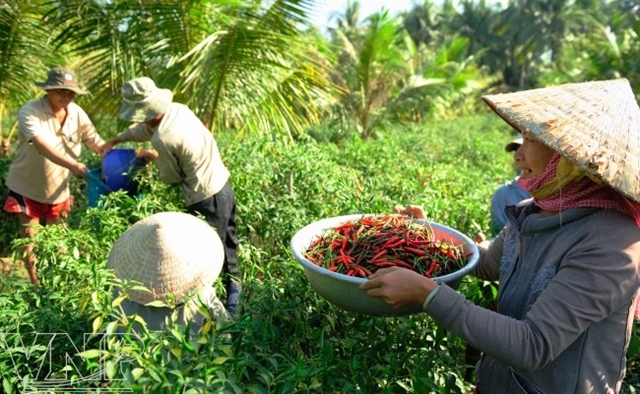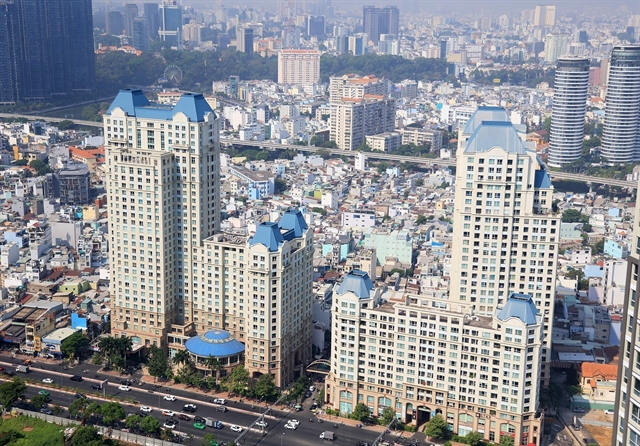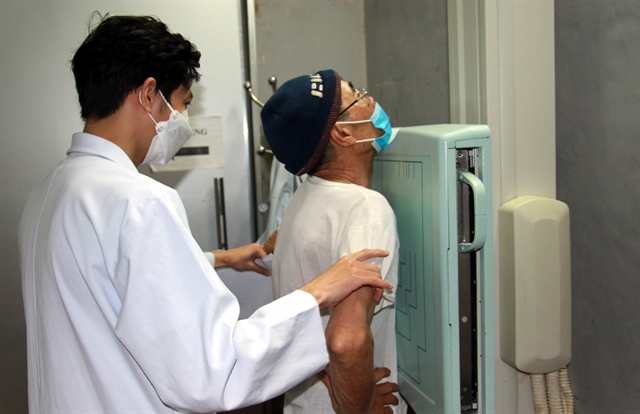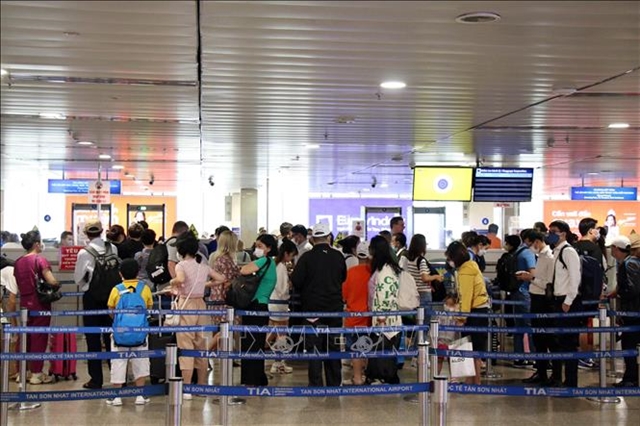 Economy
Economy

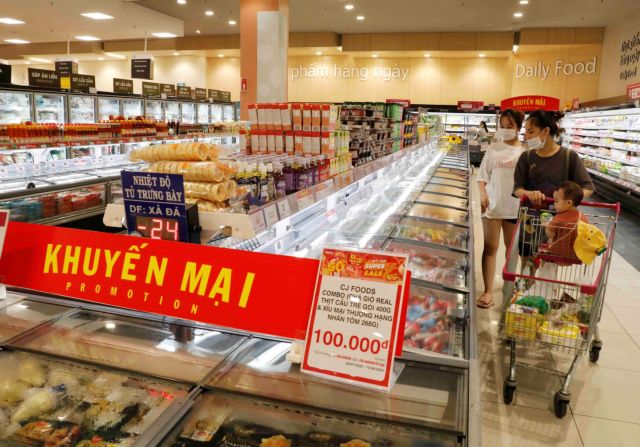
|
| AEON supermarkets launch sales promotions to help stabilise prices. Việt Nam's inflation increased to 3.1 per cent in July owing to higher transport costs. — VNA/VNS Photo |
HÀ NỘI — World Bank experts has forecast Việt Nam's economy to grow by 7.2 per cent in 2022, the highest growth rate among East Asian and Pacific economies.
According to the East Asia and the Pacific (EAP) Economic Update October 2022 released on September 27, WB experts said the growth will be supported by a strong recovery in domestic demand and continued solid performance by export-oriented manufacturing. However, it would revert to normal rates over the medium-term, with 6.7 per cent for 2023 and 6.5 per cent for 2024.
Việt Nam's inflation rose to 3.1 per cent in July on grounds of higher transport costs, which increased by 15.2 per cent. It is projected to accelerate to 3.8 per cent in 2022 and 4.0 per cent in 2023 due to second-round effects of community price impacts.
Its public debt is estimated at 39.9 per cent of GDP in 2022 and 40.5 per cent for 2023, sustainable and well below the threshold of 60 per cent of GDP set by the National Assembly.
Its poverty is expected to decline from 3.7 per cent in 2021 to 3.3 per cent in 2022. The same goes for lower middle-income poverty, which would fall from 3.7 per cent to 3.4 per cent, before ending up at 3.1 per cent in 2023.
Its public expenditures are likely to speed up in the second half of the year, resulting in a fiscal deficit of 2.8 per cent of GDP in 2022. The deficit is projected to rise to 3.2 per cent next year as the implementation of the 2022-23 support programme picks up.
In the short term, given Việt Nam's ongoing economic recovery and well-controlled inflation, the current accommodative monetary policy remains appropriate whereas a more supportive fiscal policy would hedge against downside risks, including heightened financial risks.
However, if inflation overshoots 4.0 per cent and core inflation hikes up, Vietnamese authorities should consider recalibrating monetary and fiscal policies.
Notably, higher financial sector risks would require intensified prudential supervision, reporting and provisioning on NPLs, and improved corporate insolvency and banking sector resolution frameworks.
In the regional scale, three factors could be a hindrance to regional growth beyond the end of 2022, which are global deceleration, rising debt and policy distortions. The growth is projected to slow to 3.2 per cent this year and accelerate to 4.6 per cent in 2023.
The consumer price index has been on the rise in recent months but remained around target ranges in several major economies. Meanwhile, inflationary pressure is building rapidly in other countries, reflecting mounting energy and food prices, as well as idiosyncratic factors.
In most EAP countries, the rise in public debt during the pandemic was driven primarily by an increase in domestic debt. At the same time, private sector debt remains high, especially household debt in China, Malaysia and Thailand.
Poverty in the region is expected to fall thanks to continued recovery from the pandemic. The pace of poverty reduction returned to pre-pandemic levels in 2022 and the number of poor is projected to reach historic lows. — VNS



